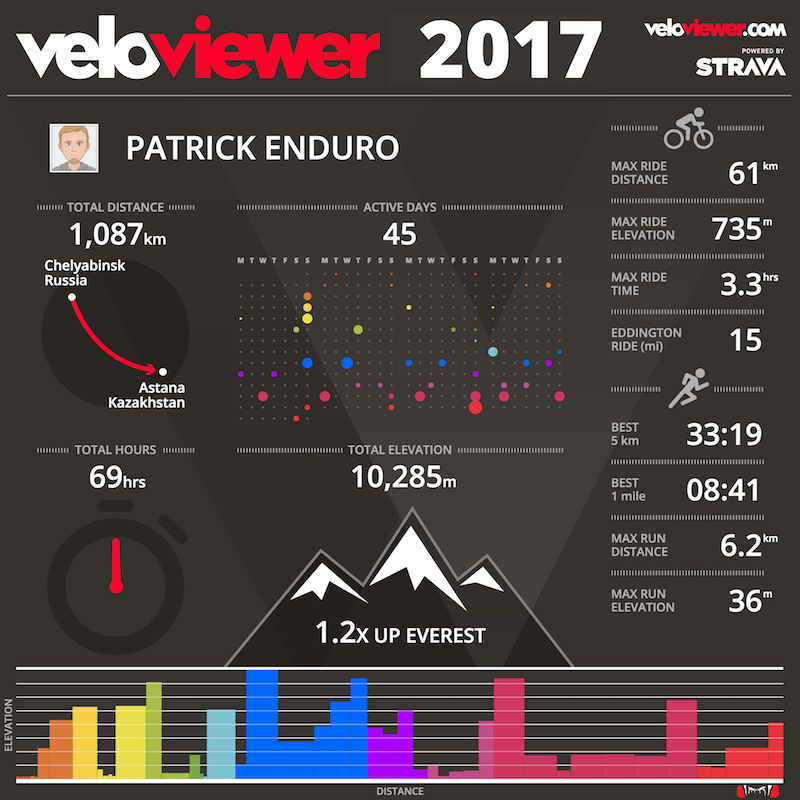 Every year, the innovation cycle gets shorter and shorter. Who know’s what technologies will emerge in 2018. But some big technology trends have recognizable growing attention. I predict that the following selected 6 technology trends will become sustainable in 2018.
Every year, the innovation cycle gets shorter and shorter. Who know’s what technologies will emerge in 2018. But some big technology trends have recognizable growing attention. I predict that the following selected 6 technology trends will become sustainable in 2018.
Autonomous drones
Drones are still a cutting-edge technology, apart from multi-copters for filming purposes. Fully autonomous drones can be observed in closed areas, like logistic centers. Some prove of concepts already have been done in public for pizza delivery, postal service, or parcel delivery. In 2018, artificial intelligence and robotics will mature to commercial readiness.
Edge Computing
Multi-Access Edge Computing (or Mobile Edge Computing; MEC) will come commercially available in carrier networks. Even before the 5G standard will be finished, carriers will implement cloud computing capabilities in their networks. The question is, do they have the customer in mind and deploy a common system or do they create isolated solutions? Anyway, application builders can improve their customer experience with low latency or compute offloading solutions.








 Every year, the innovation cycle gets shorter and shorter. Who know’s what technologies will emerge in 2018. But some big technology trends have recognizable growing attention. I predict that the following selected 6 technology trends will become sustainable in 2018.
Every year, the innovation cycle gets shorter and shorter. Who know’s what technologies will emerge in 2018. But some big technology trends have recognizable growing attention. I predict that the following selected 6 technology trends will become sustainable in 2018.
